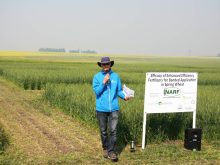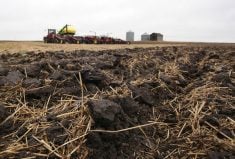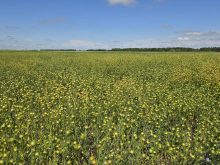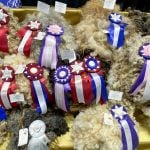The invasive weed is resistant to several herbicides, making it difficult to eradicate once established
The provincial weed specialist in Manitoba is urging growers to scout their fields for waterhemp.
Kim Brown-Livingston is worried about waterhemp because it will soon be producing seed and if it does, fields could be littered with weeds for years.
“If it sets seed and puts that seed back in the ground, you’re in for a world of hurt,” Brown-Livingston said in late August. “Anybody that sees anything suspicious, that’s towering above any crop, you should be investigating that this time of year…. The biggest thing is to stop it before it sets seed.”
Read Also
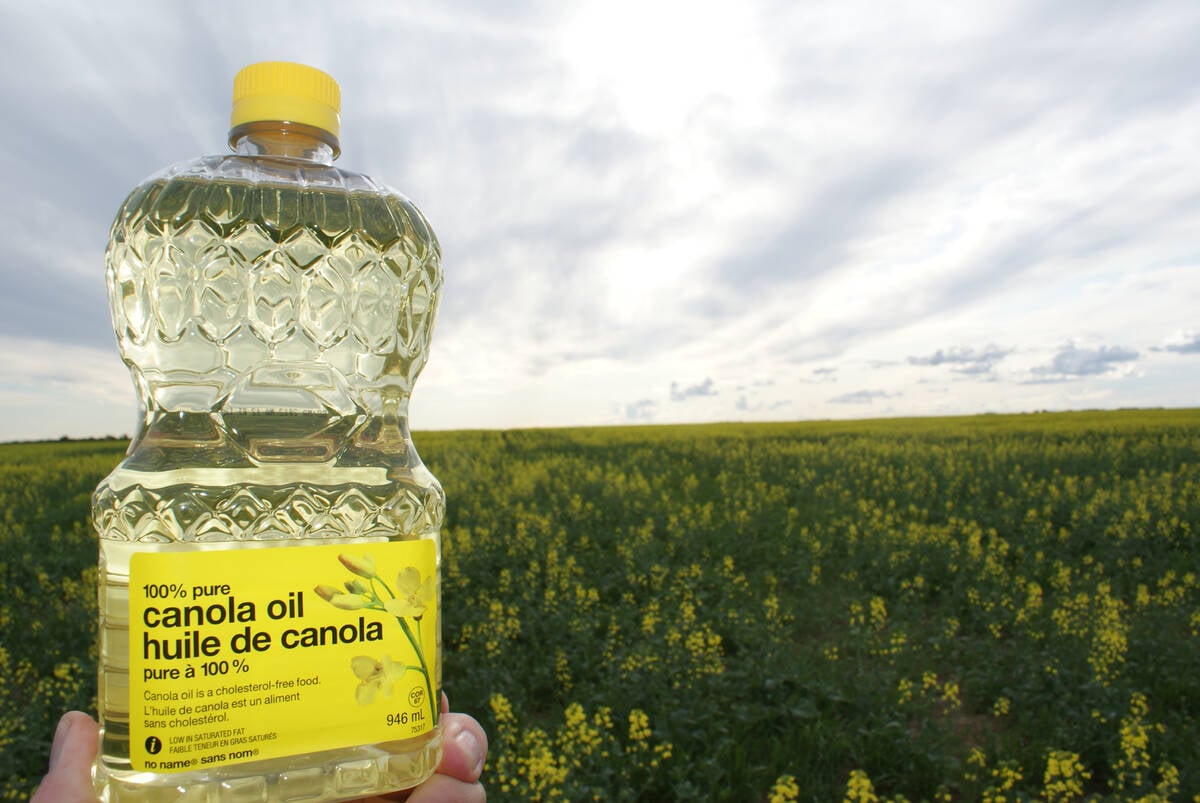
Rising vegetable oil demand may offset bad biofuel news
Global biodiesel/renewable diesel production is expected to decline for the first time in a decade. Bad timing for a canola industry looking for new markets.
Brown-Livingston was one of the leaders of the 2022 Manitoba weed survey, which concluded in late August. It was the first comprehensive weed survey since 2016 and was done in partnership with Agriculture Canada.
The participants visited about 730 fields, focusing on the six major crops in Manitoba: spring wheat, canola, soybeans, corn, oats and barley. They also looked at three minor crops, dry beans, sunflowers and field peas.
The survey gives researchers and farmers a sense of which weeds are becoming more common and more problematic in the province. Results will be published later this fall or early next year.
Waterhemp wasn’t the focus of the survey but it’s definitely a problematic weed.
It has become a nuisance for farmers in the U.S. Midwest because it’s infamous for rapidly developing resistance to herbicides. That makes it difficult to control.
In Illinois, a population of waterhemp was detected with resistance to glyphosate and five other modes of action.
Waterhemp found in Manitoba likely has resistance to several herbicides, because it came “pre-loaded with resistance,” Brown-Livingston said. It was first detected in Manitoba in 2016, within a soybean field southeast of Winnipeg.
The province has designated waterhemp as a Tier 1 Noxious weed.
“Tier 1 weeds must be eradicated without conditions,” says the Manitoba Agriculture website.
Since fall 2016, waterhemp has been spotted in six other municipalities, mostly in southeastern Manitoba where soybeans are commonly grown.
This summer, waterhemp was found in canola.
“One of the scarier things is, we’ve got a couple of confirmations (in) canola fields. That normally is a very competitive crop that grows quickly,” said Brown-Livingston.
The detection is unusual because the weed prefers row crops, where there is space and abundant sunlight early in the growing season.
“They don’t do well in a shady environment. That’s why they do so well in a row crop,” Brown-Livingston said.
Waterhemp found an opening in canola fields because of the wet spring and late start to the growing season. Many canola fields have wet spots where the crop is thin. That’s where farmers and agronomists are finding waterhemp.
As part of the weed survey, Brown-Livingston and others are going back to about 130 fields. They will collect weed seed from those fields and send them to Ag Canada for testing to check for herbicide resistance.
If a grower sees a weed towering above the crop in September, they should call an agronomist or contact Manitoba Agriculture for proper identification.
“Suspected waterhemp or Palmer amaranth plants can be sent to the Pest Surveillance Initiative lab in Winnipeg where they can do DNA analysis to determine the correct species,” says the Manitoba Agriculture pest report.
Palmer amaranth is a member of the pigweed family and is also a Tier 1 Noxious Weed in Manitoba. Two plants were found last year in Manitoba – one male and one female – but none in 2022.
Whether a grower finds waterhemp or amaranth, the weed should be immediately removed before it sets seed.
“I have not found anything (waterhemp), so far, that has viable seed,” Brown-Livingston said Aug. 29. “We still have time to get it out of there… before there is viable seed – a seed that will germinate and make more plants, next year … or for many years to come.”







